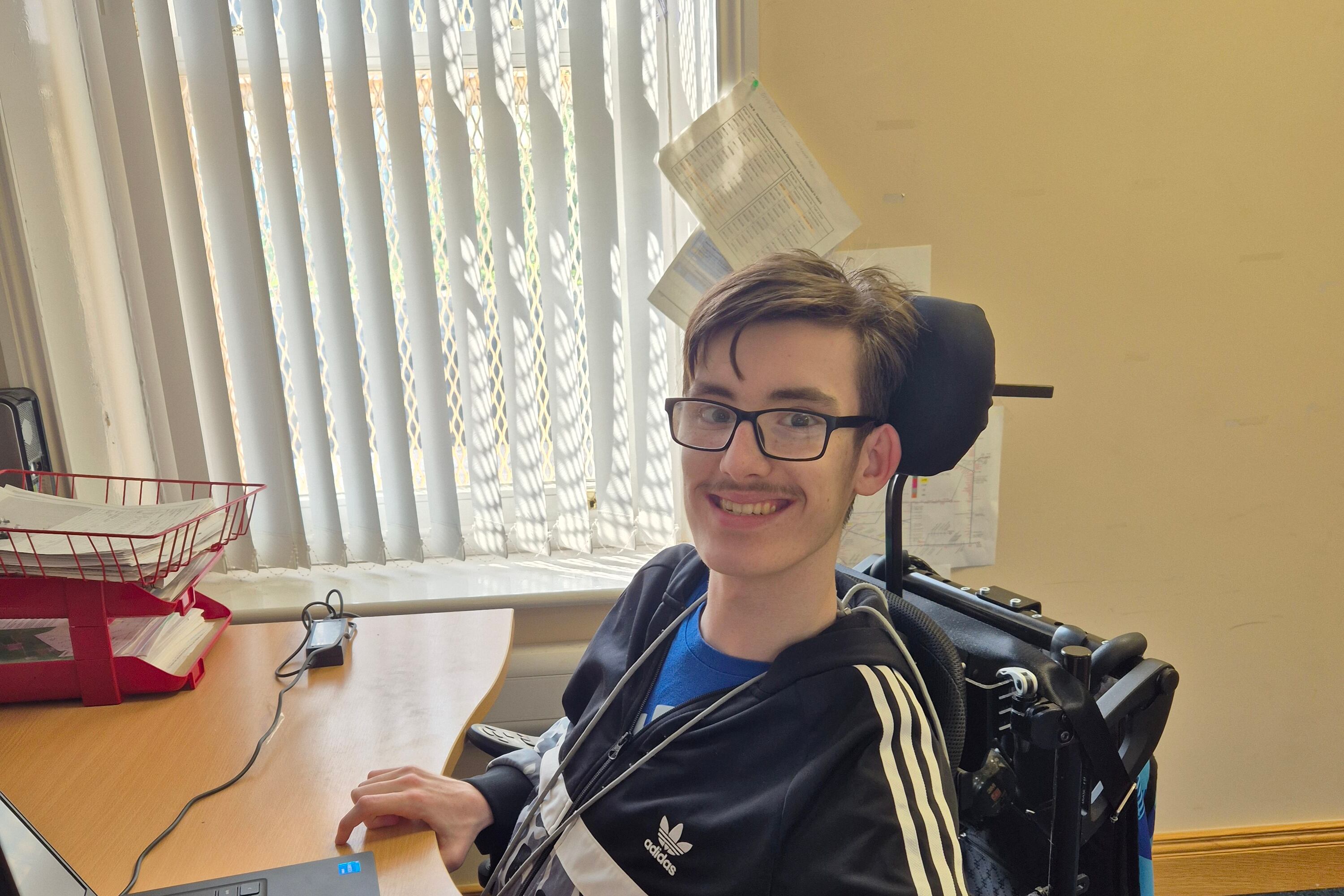Students were broadly happy with a straightforward higher-level design and communication graphics (DCG) paper, teachers have said.
Rob Kiernan, a DCG teacher at the Institute of Education, said that some questions were reminiscent of older papers from 2009-2015.
“Some concepts swapped places from their predicted sections to the surprise of some but the relief of others,” he said.
Examwatch 2024: Reaction to all the big Leaving Cert and Junior Cycle exams
READ MORE
“As a subject, DCG favours those who rehearse the tasks with rigour and consistency, and those students will be very pleased with this paper.”
Students opening the paper and seeing perspective in Section A-1 may have been surprised, Mr Kiernan said.
“Many will have expected axonometric axes in section A with the more complex and time-consuming perspective in the longer section B.
“However, a short, precise question on perspective meant that much of that laborious work was circumvented, so many will have preferred this version of events. If a student was too rigid in their plan of how to navigate the paper they may have been rattled, but ultimately that shock should give way to relief,” Mr Kiernan said.
Eóin Ó hAodha, a teacher at Meánscoil Gharman, Enniscorthy, said the paper was straightforward.
“Students were happy with it,” said Ó hAodha, an ASTI subject representative for DCG. “Those that put in the work did not encounter any big surprises. The straightforward nature of the paper was perhaps acknowledgement for the disruption caused to the post-primary journey of those students by Covid-19, which was a significant disruption for them,” he said.
Mr Kiernan said that, although the paper was mostly par for the course, there were some tricky twists, such as part D of question one in section B, where students were asked about an inverted cone.
Mr Ó hAodha said that, of the four short questions in part A, the second presented more of a challenge and required deeper knowledge.
“The three short questions in part B were multipart and included the topics of plane and surface geometry, surface development, orthographic and trimetric projection,” he said.
“Other themes this year included commercial displays, sport, games, a bridge and a clothes line. Almost all the questions related to the built environment, [but] the optional dynamic mechanisms question stood out as it related to a spiral galaxy in space.
“It was very encouraging to see a question about geometry that is found in nature. More questions like this in future could increase the understanding and popularity of this subject... ” said Mr Ó hAodha.
- Follow The Irish Times education section on Facebook and X (Twitter) and stay up to date















